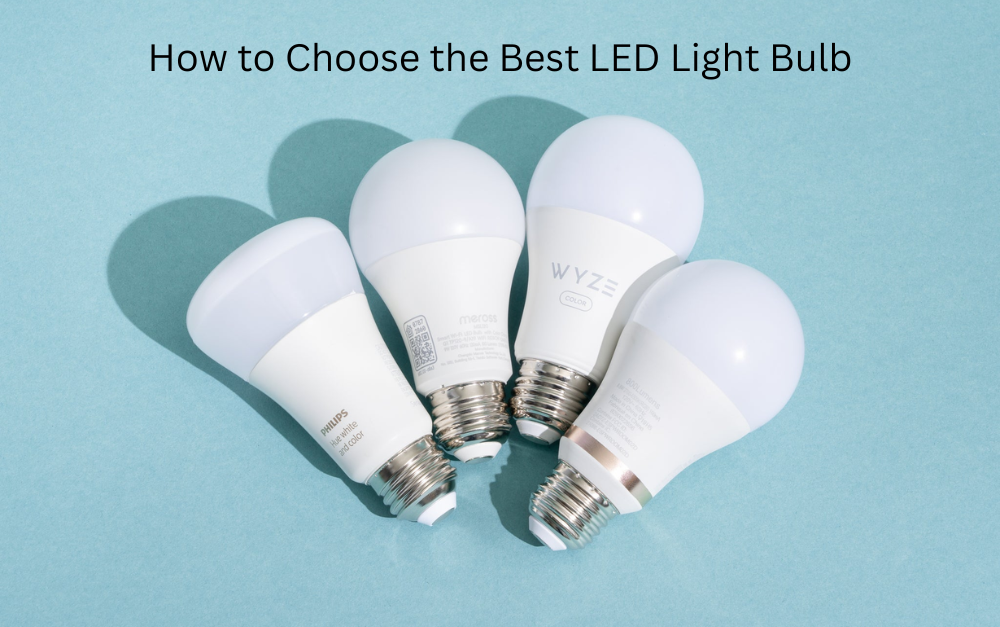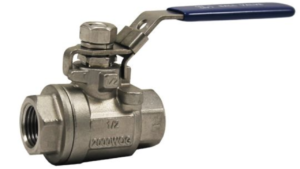There is a huge range of lighting available for domestic homes these days. New LED lighting offers the opportunity to save on electricity consumption and also become more “green” and use electricity in a more sustainable fashion.
As incandescent lamps have given way to halogen bulbs and then compact fluorescent lights, CFLs, and now the transition to LEDs, there is a huge amount to understand. The choice is not as easy as it was a few years ago.
Many light bulbs and lighting are now LED-based, but these lights are more expensive, so the first question is whether it is worth buying LED lights or whether some of the other technologies offer better value.
If LED lighting is chosen, there are many questions to answer, ranging from the power required to the color temperature and so forth. What do all these specifications mean?
LED lights vs. other types: choice of technology
LED lights and light bulbs are now being widely sold, and prices are coming down. However, they are still more expensive than other types.
It is worth taking a look at how efficient they are and their expected lifetime.
Another advantage of LEDs is that they can tolerate being turned on and off far better than CFLs. One example of that is wanting to use a low-energy bulb on lights that are triggered by a motion sensor (PIR for external lighting. In windy weather, PIRs are triggered very easily and can always be turned on and off. CFLs may only last a very short time, but LEDs can last much longer.
LED light output: selecting the right output
In the days of incandescent lights, the various lights were rated by the power they consumed and not the actual light output. Now, with a variety of different types of lighting on the market, it is sometimes difficult to compare them and understand what lamp is required in any position.
In previous years with incandescent lamps, people became used to the power ratings and knew that a 60W bulb would be ideal in one area or a 100W bulb in another.
Now the lamp is chiefly measured in its light output rather than the power input, although this is still important and still printed on the sales information. However, the main parameter is whether it will produce enough light for the area in which it will be used. The rating of light output in lumens provides this.
To help rate the light output according to the typical power ratings, and especially for the old incandescent lights, the table below provides useful comparisons.
Using the table, it is possible to choose the LED light with the right light output, relating it to equivalent incandescent lamps or CFLs.
Although everyone will have their own preferences, a small table lamp may require around 450 lumens, while for a medium-sized living room, it may require a total of between 1500 and 3000 lumens, although this would need to be provided by more than one LED light bulb.
Choose a bulb with the right fitting
There are a host of fittings that modern electric light bulbs have. Names like bayonet, Edison screw, and many others are used to describe them, although they also have fitting type numbers that are often more widely used on the boxes to exactly identify the fitting.
There are two main light bulb fittings that have become standard across the globe. These are the Edison screw and the bayonet. The Edison screw is used mainly in the Americas and Europe, while the bayonet is used in the UK for domestic lighting.
Although for domestic use neither type has a major technical advantage, the bayonet types do have the advantage that they cannot shake loose under vibration, although this is not an issue for domestic lighting.
There are a few types that are given abbreviations, which will be seen in the literature.
E27 or ES: This is the standard Edison screw light fitting and is used for the majority of mains-powered light bulbs. It has a screw outside diameter of 27mm.
E14, or ‘SES’: This is a small Edison screw, hence the abbreviation SES. It is often used for lights where space is at a premium and often for lower-powered bulbs, possibly for use in fridges, ovens, and other light fittings where space is at a premium.
B22, Ba22d, or just BC: BC standards for Bayonet Cap, and it is the fitting used for standard mains electric light bulbs using a bayonet type cap. The outside diameter is 22mm, excluding the bayonet lugs.
B15, Ba15d, or SBC: SBC stands for small bayonet cap. Like the small Edison screw, it is used for smaller, lower-powered lamps where space is at a premium. The diameter of the cap or fitting is 15 mm.
Select a bulb with the right color
The light from different bulbs can seem different; some have a warm light, while others have a much colder, whiter light.
The color of the light from a light bulb, LED, or otherwise is measured as the “light temperature” on a scale called the Kelvin scale. It is known as the color temperature of the light.
Technically speaking, the color temperature of a light is measured in terms of the temperature of an ideal black-body radiator that radiates light of a color comparable to that of the light source.
In real terms, the color temperature of an incandescent light is around 2700 on the Kelvin scale, and sunrise or sunset light is around 2500k, midday sunlight is around 5500k, etc.
For LED light bulbs, the color temperature of the light is normally printed in the box; typically, a warm white of around 2700k is good to aim for for many domestic rooms, although it can be a matter of personal choice.
The color temperature can set the mood for a room; often, a warm white can be used in a room for relaxing, whereas a kitchen or home office may want a light that is whiter and possibly with a higher color temperature, maybe around 5000°K.
LED light bulbs with a variety of color temperatures are sold; a quick look at one source of LED lights reveals a variety of color temperatures and descriptions: 2700k (warm white); 3000k (warm white); 4000k daylight; 4000k (cool white); and 6000k (daylight white). The main specification to focus on is the color temperature, because the descriptions can vary according to the manufacturer or stockist.
Select a bulb with the right CRI
As if the color temperature was not enough, there is another figure that is often used, and this is called the CRI, or color rendering index.
This is a measure of the light quality that accurately represents the different colors of articles that are illuminated by it.
The color rendering index is a quantitative measure of the ability of a light source to illuminate in such a way that the colors of various objects are faithfully rendered in comparison with an ideal or natural light source.
The index varies between 0 and 100%, and the higher the CRI, the better the color rendering ability. Light sources with a CRI of 85 to 90 are considered good at color rendering.
Traditional incandescent and halogen bulbs have a very good CRI score, which is typically in the high 90s. LED lights and CFLs are not quite as good, having a CRI value in the mid-80s, which is deemed to be just acceptable.
The CRI system is required because light is made up of all frequencies within the visible spectrum. Natural light has a good balance of these frequencies and renders colors the way we are used to. Other light sources may have a different spectral spread, i.e., a different composition of colors, and this means that objects may be rendered or seen, literally, in a different light.
Choose dimmable or non-dimmable
In the days of incandescent lamps, it was easy to dim bulbs; any one of them would dim. CFLs do not dim. For LED lights, some are dimmable and some are not. If you need to dim an LED bulb, it is necessary to check whether it is dimmable. As LED bulbs operate in a very different way from other forms of bulbs, the circuitry within them has to be designed slightly differently if they are to be dimmed.
Very importantly, it is also necessary to have an LED dimmer. The way LEDs need to be dimmed is different from that of incandescent lamps, and therefore it is very important to have an LED dimmer.
Select a good-quality bulb
Before buying an LED lighting bulb, it is worth looking for a reliable manufacturer, not just the cheapest. The best LED bulbs will switch on instantly; others may take a second or so to come on after the power is applied. Also, manufacturers will ensure that the LED light bulbs don’t reduce in output over time; the light output can fall over time, and the better ones will retain their light output much longer. Also, LED light bulbs from reputable manufacturers will tend to be more reliable, and although this may be difficult to quantify, it tends to be true.
LED light bulbs are now widely available, and there is a very good choice. The maximum light output is also increasing, and therefore replacements for the old 100- and 150-watt incandescent bulbs are now available for a reasonable cost. Replacing older filament lamps and even compact fluorescent lamps with LEDs gives significant savings and enables a more sustainable or “green” use of electricity. Bajaj World Provides all types of LED lighting bulbs in Surat and we are Led Light Dealers Surat.
Overall, LED bulbs offer excellent value for money. Their costs have come down to the point where they are not prohibitively costly. With their reduced cost, longer life, and more efficient power conversion to light, they are certainly the most cost-effective option over the long term.







